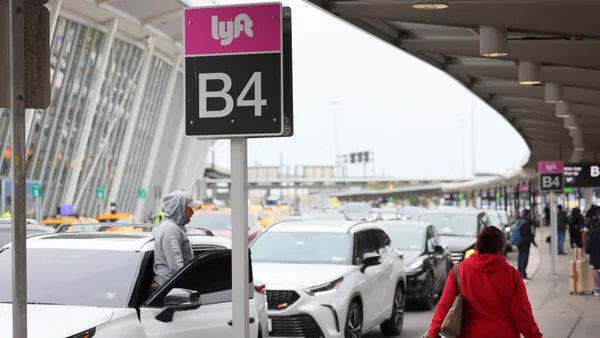Dive Brief:
- Fewer than 1 in 5 consumers book travel through loyalty programs, according to an arrivia report released earlier this month.
- Over half of consumers said lower prices, discounts and exclusive deals would increase their likelihood of booking through a loyalty program. Cost was the No.1 factor to increase bookings across all generations.
- “While loyalty program enrollment remains strong, far fewer travelers are actually using these platforms to book their trips,” Jeff Zotara, CMO at arrivia, said via email. Instead, the lion’s share — 72% — book through online travel agencies or direct vendor booking sites.
Dive Insight:
Loyalty program leaders trying to increase bookings through their programs cannot ignore the cost-conscious environment they’re operating in.
Cost is the primary reason consumers are scaling back travel. Nearly 3 in 5 respondents cited affordability as the reason they plan to travel less this year.
There are three challenges for loyalty program leaders that weigh on bookings, according to Zotara: A lack of perceived value; a user experience that often lags behind modern booking sites; and a lack of personalization.
CX leaders should also pay attention to the preferences of younger generations who are shaping loyalty and travel trends, Zotara said.
Gen Z is the most active travel loyalty cohort and the most likely to base their travel plans on loyalty program offers, according to the survey. Nearly one-quarter of respondents in this age group use their credit card program or other travel loyalty program to book travel.
“By 2030, millennials and Gen Z will account for over half of U.S. leisure trips, up from one-third in 2023,” Zotara said. “These younger, digital-first travelers expect seamless UX, flexible rewards, and trip planning tools that mirror the convenience of [online travel agencies].”
The challenge for traditional travel loyalty programs is to adapt to meet the expectations of younger travelers without losing touch with long-time members.













